When reading a MIFARE card with Android and converting the data to UTF-8 I get strange characters like �. I'm trying to build an application that can read some kind of ID card we're using. The problem now is that I get weird characters between words and some words are split between blocks so how can I safely get a word I'm looking for? For instance my readings is something like this:
43224���19032019�� at block 2 sektor 2 bindex :8
and with splitting where rest of the number starting with 19 is at a new block:
�me Name���M���19
at block 1 sektor 1 bindex :4
930402���NO934951
at block 2 sektor 1 bindex :4
c5 42 4e 49 44 00 07 4f 4f 4f 4f 4f 4f 00 4b 42 "Åbnid" "OOOOOO" "KB" 44 44 44 20 44 44 44 44 44 00 82 4d 00 c9 31 39 "DDD DDDDD" "M" "19" 39 34 34 33 34 32 00 d0 4e 4f 39 36 36 36 35 31 "944342" "NO966651" 00 00 00 00 00 00 70 f7 88 00 00 00 00 00 00 00 30 32 32 20 20 41 53 00 d3 54 4f 54 41 4c 20 4b "022" "AS" "Total k" 4f 4e 54 52 4f 4c 4c 20 41 53 20 00 c9 30 32 38 "ONTROLL AS" "028" 37 30 34 33 33 00 c9 32 30 32 31 30 32 31 31 00 "70433" "20210211" 00 00 00 00 00 00 70 f7 88 00 00 00 00 00 00 00
This is how I read from the card:
Tag tagFromIntent = intent.getParcelableExtra(NfcAdapter.EXTRA_TAG);
MifareClassic mfc = MifareClassic.get(tagFromIntent);
Here is my code I use for reading inside a for loop:
data = mfc.readBlock(bIndex + block);
and then for converting data to UTF8 for printing I use:
public String convertByteArrayToUTF8(byte[] bytes){
String encoded = null;
try {
encoded = new String(bytes, StandardCharsets.UTF_8);
}
catch (Exception e){
encoded = new String(bytes, Charset.defaultCharset());
}
return encoded;
}
I've tried with ASCII, UTF-16 etc with no luck.



